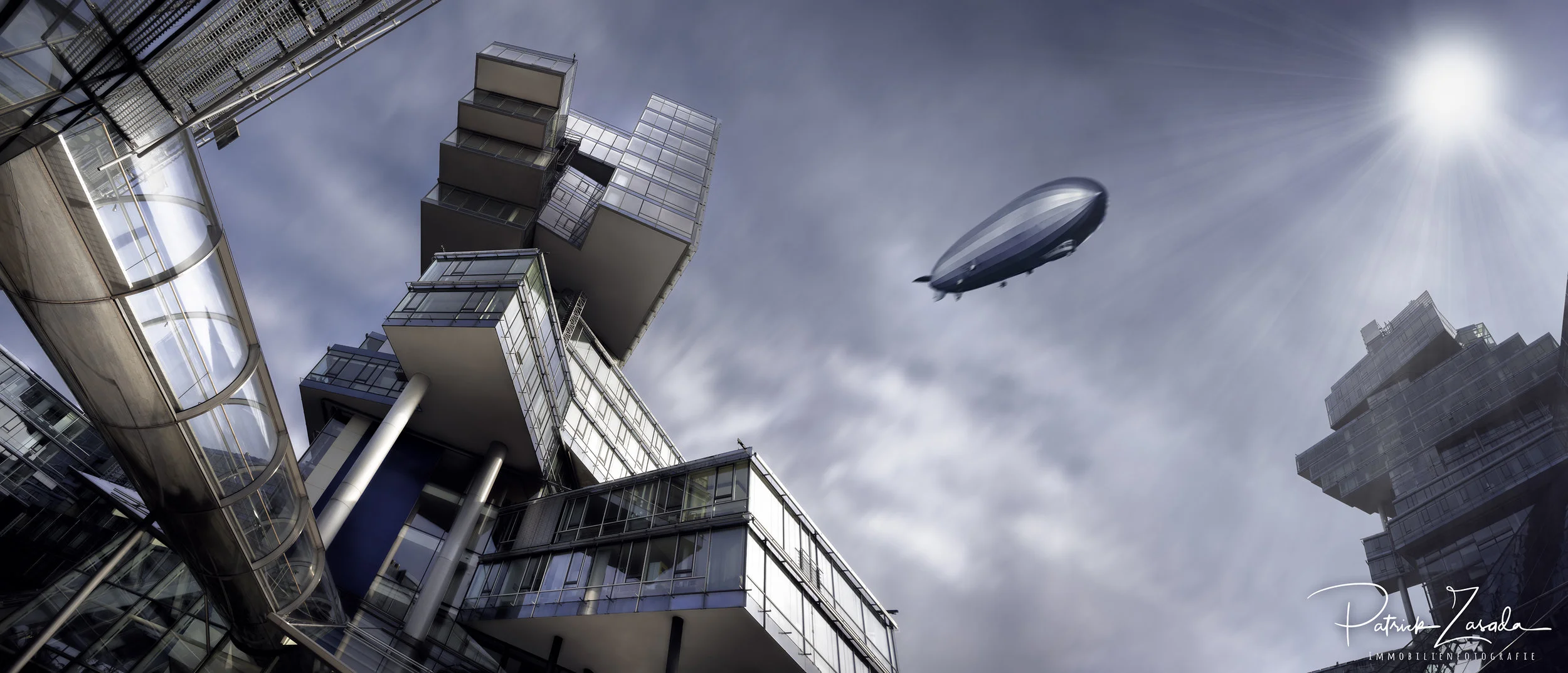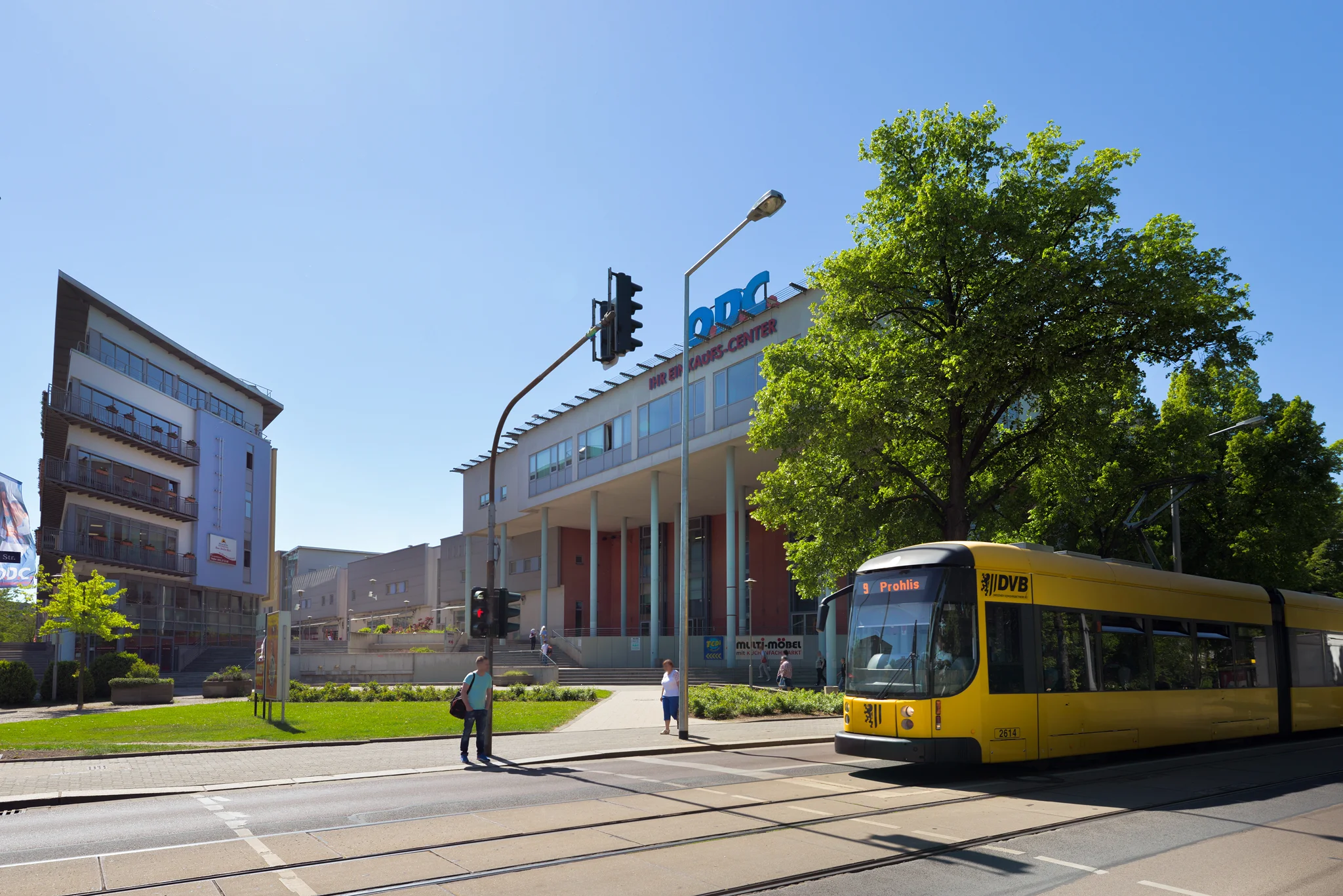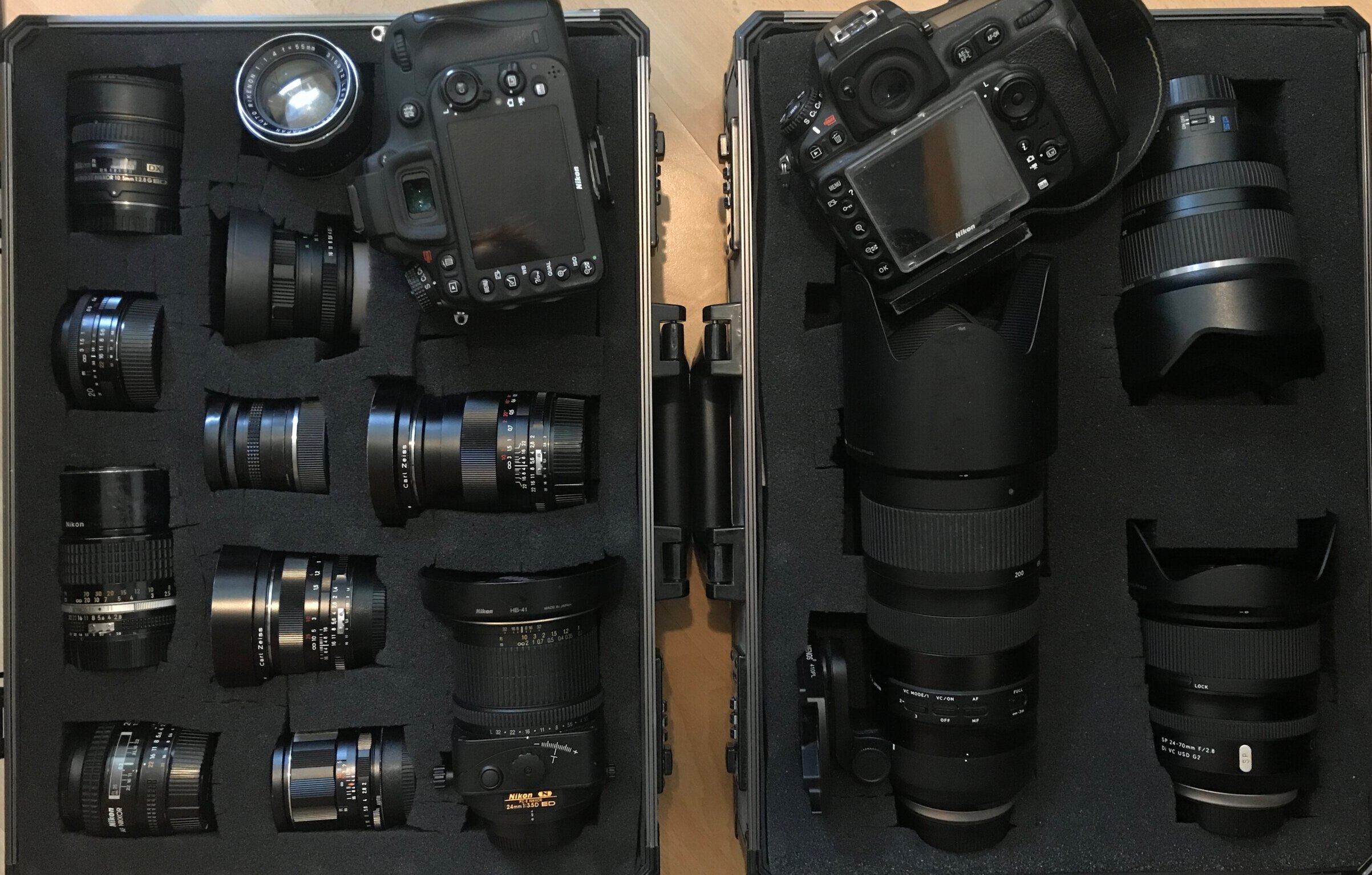What is architectural photography
This picture is intended to show artistic or aesthetic aspects. This image was composed of several photos.
Nikon D850 | ISO 64 | Focal length 20mm (Voigtländer 20mm 3.5) | Aperture 6.3 | Exposure time 1 / 160sec (2x)
Architectural photography can not be clearly distinguished from real estate photography. Although there are differences, the boundaries are not clear. The concept of architectural photography should be defined as an art form, whereas the commercial and practically oriented form of it can be named as real estate photography. (Learn more from my German Photography Book)
Architectural photography deals with the photographic illustration of buildings and structures, as well as interiors. Architectural photos should show the uniqueness and characteristics of a building in an esthetic way. This genre of photography can be divided into indoor and outdoor architectural photography. This division is more like a flowing transition. In both cases, special optics or photographic techniques may be used, which are rather unknown in other areas of photography; this makes architectural photography different and interesting. At the same time, contrasts between indoor and outdoor areas often lead to very complex lighting conditions, which is why this genre of photography is considered particularly demanding. The photo "View from the Window at Le Gras" by Nicéphore Niépce is one of the first architectural photos and was taken in 1826/27.
View from the Window at Le Gras (Joseph Nicéphore Nièpce, 1826)
Since then, a lot has happened in the field of architectural photography, so it came to the formation of different styles. Especially since the 1950s, architectural photography has increasingly established itself as a form of art.
When asked how architecture photography can be defined, there are different views. Probably the most widely used interpretation is that architectural photography should depict a building as realistically and truthfully as possible. In this context, it is often advised to look far away from the building to avoidconverging lines. Tiny deviations from the ideal form are often corrected with special optics or in post-production. This almost documentary type of architectural photography is mostly used in the construction industry or in architecture firms. Here it is important to be able to put a construction plan next to the photo, for example to log the progress on the building site. This type of photography is undoubtedly attributable to architectural photography.
“Perfection is achieved, not when there is nothing more to add, but when there is nothing left to take away”
Skilfully staging a building, regardless of its technical aspects, and keeping an eye on pure aesthetics is another interpretation of architectural photography. For this you can play with extreme perspectives, vanishing points and falling lines! The purpose of this photographic direction is not the documentation, but rather the artistic interpretation, which leads to atmospheric and meaningful images with stunning effects. Buildings are often photographed from the perspective of a pedestrian and reflect subjective impressions. Such photos learn their practical application in advertising or as an art form.
Delimitation to real estate photography
Real estate photos do not necessarily pursue aesthetic aspects, but are rather practical oriented and must not be retouched too much, to not deceive potential buyers. From an architectural point of view, it would have been more advantageous to take a picture from the green area. However, this real estate photo should clarify the proximity to the public transport, as this is particularly relevant for a shopping center.
Nikon D800E | ISO 100 | Focal length 21mm (Tamron 15-30 2.8 SP) | Aperture 7.1 | Exposure time 1 / 320sec
The real estate photography pursues primarily no artistic intentions, but is practically oriented. Otherwise, it is very similar to architectural photography. In some cases, the results may even look identical and cannot be clearly assigned to the genre of real estate or architectural photography. The real estate photography pursues rather practical intentions. Thus, for example, it can serve the documentation or have advertising intentions to the goal. In classic architectural photography, as presented in art exhibitions, almost never photos of a crowded parking lot from a supermarket will be seen. This is quite different in real estate photography! Here it is important to preserve the balance between aesthetic and content-relevant images. If, for example, a commercial property, such as a supermarket, is offered for sale, the image of a full parking space is particularly important. On the one hand, it should be shown that there is a large parking space for employees and customers. A very crowded car park may not be visually appealing from a photographer's point of view, but it carries a very important and subliminal message: The potential estate-buyer is in fact conveyed that there is really something going on here and the place is heavily frequented. The business is running and therefore offers enormous potential for further expansion and growth. So it could be an excellent business location with future potential, which is worth an investment. An empty parking lot, however, would be cleaner, tidier and optically possibly more pleasant. It may, however, give the impression that there is not much going on and it will be difficult to get new customers or generate enough revenue to cover the pure maintenance costs. In the case of real estate photos, it's not just about the image aesthetics, but also about the message!
Good real estate photos should therefore be in the context of the environment. If the object is centrally located on a shopping street, this should also be shown. Even if the aesthetics suffers somewhat from a wider angle, because suddenly crowds of people are visible or where garbage cans, street lamps and vehicles are in the frame. In a shopping mall it does not hurt to remember the logos and names of all the brands, as it is interesting for potential investors to see which regular tenants could be taken over. Also, especially for commercial properties, a full and lively atmosphere should be taught. In hotel photos, however, which should appeal to guests, images of a crowded property would be rather disadvantageous. This would give the impression that a very quiet night might not be possible. Before dealing with the photography of real estate, the purpose of the images and the potential target audience must be clear. It is therefore imperative to think before the photo session. Just “normal” photos are often not enough. That is what distinguishes architecture from real estate photography ...

















